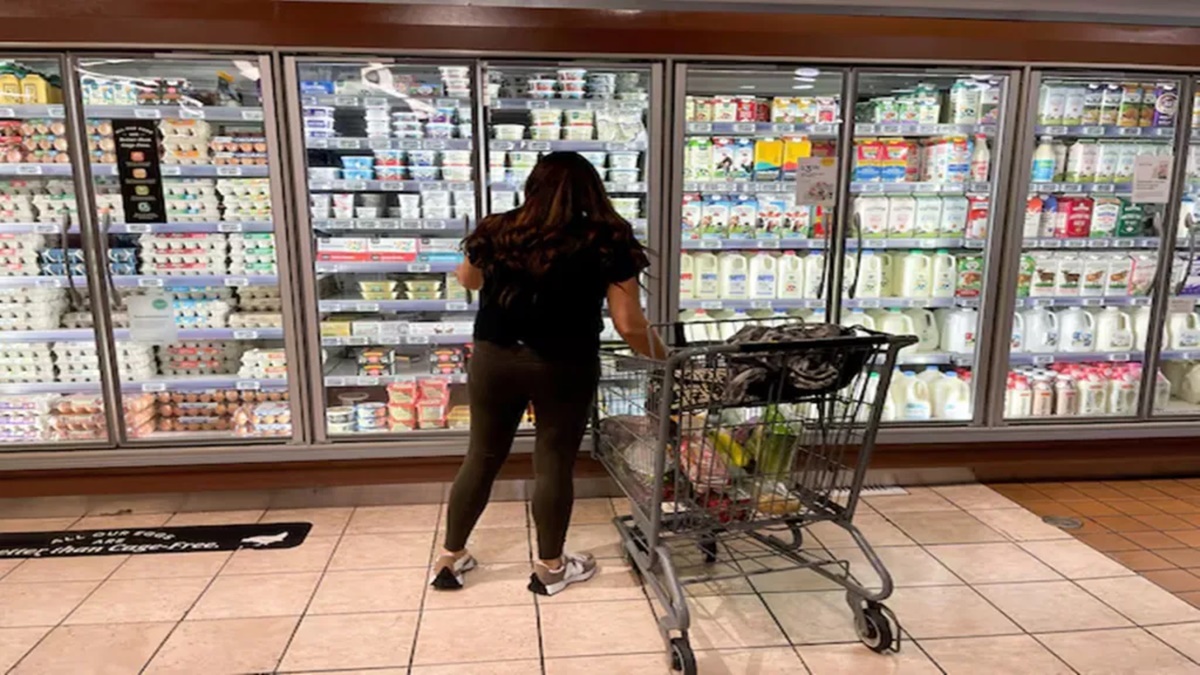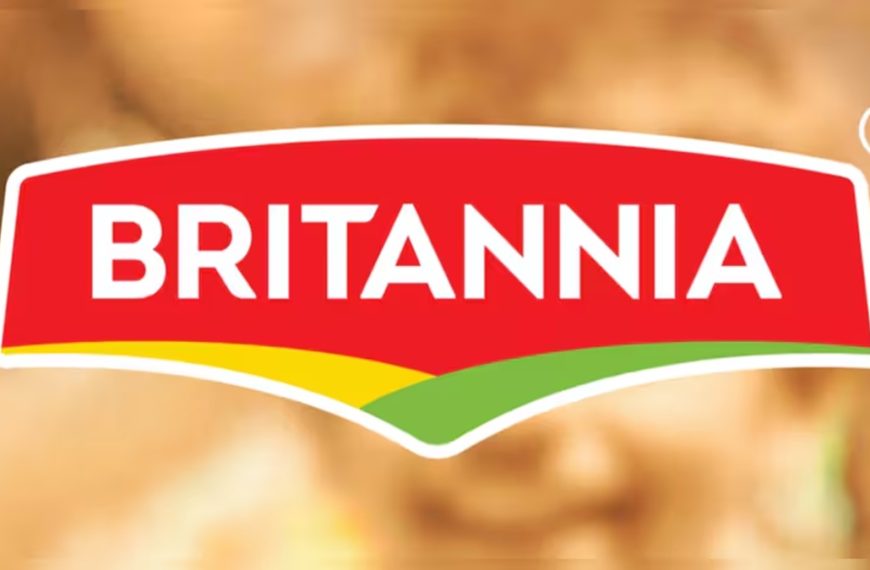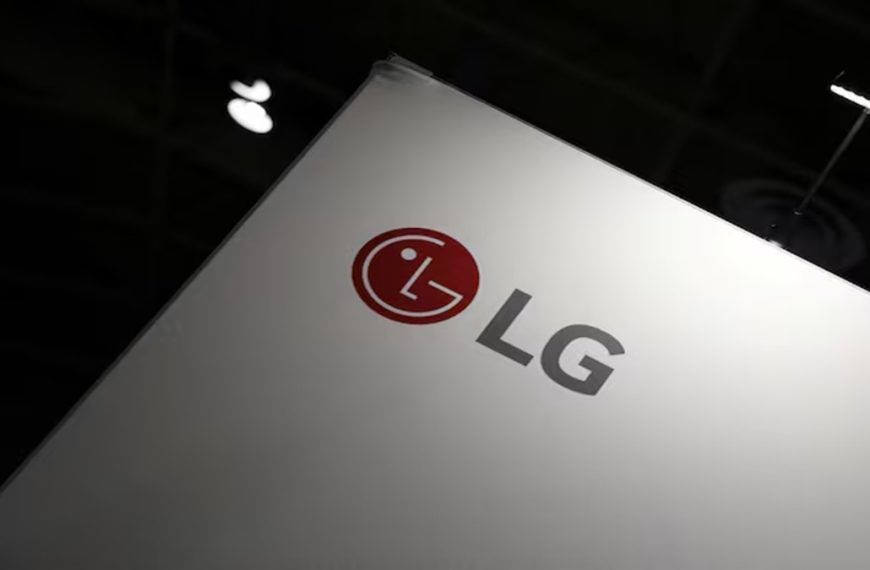The fast-moving consumer goods (FMCG) sector in India is witnessing notable growth, with an 11% increase in the market between January and March 2025 compared to the previous year. According to NielsenIQ, this surge is largely attributed to the rising popularity of small pack sizes and a robust demand from rural consumers. However, the report also highlights some mixed signals regarding overall consumption trends.
Rural Demand Outpaces Urban Markets
In an impressive turn, rural FMCG consumption has increased at a rate four times greater than that of urban areas during this period. While the rural demand saw a slight cooling off sequentially—growing by 8.4% compared to 9.2% in the prior quarter—it still presents a better picture year-on-year, showcasing a 7.2% growth compared to last year. NielsenIQ reports that the overall volume growth for the FMCG sector for the March quarter was 5.1%, complemented by a 5.9% increase driven by price hikes.
- Rural growth: 8.4% (sequential)
- Urban growth: 2.6% (March quarter)
Roosevelt D’Souza, head of customer success for FMCG at NielsenIQ, emphasized that rural markets are the primary growth engine for the sector. Urban demand, on the other hand, is experiencing a decline both year-on-year and sequentially. Urban areas account for two-thirds of FMCG sales, while rural areas contribute the remaining share.
E-commerce Shaping Urban Consumption
"The shift towards e-commerce is becoming more pronounced in urban areas, with consumers engaging more frequently in online shopping," D’Souza noted. A favorable monsoon forecast and revised tax structures may enhance consumption in the coming months, potentially revitalizing the market landscape.
Urban volume growth has dropped to 2.6%, which is significantly lower than the 5.3% reported a year prior and down from 4.2% in the December quarter. This trend indicates that urban consumers are still under financial pressure, a point echoed by several leading FMCG companies recently. Many firms are optimistic about a rebound in the FMCG sector starting from the April quarter, thanks to government fiscal stimulus measures.
Small Brands Thriving Amidst Budget Constraints
Interestingly, smaller FMCG companies are capitalizing on tighter consumer budgets by positioning themselves as cost-effective alternatives to larger brands. NielsenIQ found that these smaller players achieved the highest growth rate of 17.8% year-on-year in the March quarter, followed closely by mid-sized companies, which grew by 14.2%. Together, small and mid-sized brands account for 35% of the ₹5-lakh crore domestic FMCG market. Factors like a low comparative base, strong rural demand, and easing inflation are contributing to their success.
In contrast, major FMCG corporations with revenues exceeding ₹5,000 crore saw a growth of 6.4% in the March quarter, propelled by a 1.7% rise in prices and a 4.7% increase in volume. While this growth is half of what was seen a year ago (8.1%), it is still an improvement over the 2.5% recorded in the December quarter.
Trends in Trade Channels
Traditional retail channels, particularly kirana and mom-and-pop stores, experienced a growth uptick, reaching 6.2%, up from 5% in the same period last year. Conversely, modern trade faced a decline of 3.3%, worse than the 1.1% drop recorded in the previous quarter.
Food consumption growth also showed signs of slowing, decreasing to 4.9% in the quarter ending March 31, 2025, down from 6% in the previous quarter but slightly higher than the 4.4% recorded a year ago. This moderation is attributed to reduced volumes in staple items like edible oils, which have seen notable price increases.
Home and Personal Care Sectors Perform Well
On a brighter note, the home and personal care segments reported a consumption growth of 5.7% during the quarter, fueled by strong rural demand. However, this figure is lower than the 7.3% growth recorded in the December quarter and the 10.8% growth from the previous year.
NielsenIQ further noted that e-commerce is significantly impacting retail dynamics in eight major metros, altering the share of both traditional and modern trade channels. This growth is primarily volume-driven, supported by increased online shopper engagement and larger average basket sizes.
In conclusion, while the FMCG market is experiencing growth, the dynamics between urban and rural consumption present a complex picture. As smaller brands thrive and e-commerce continues to reshape consumer habits, the coming quarters will be crucial in determining the future trajectory of the industry.











